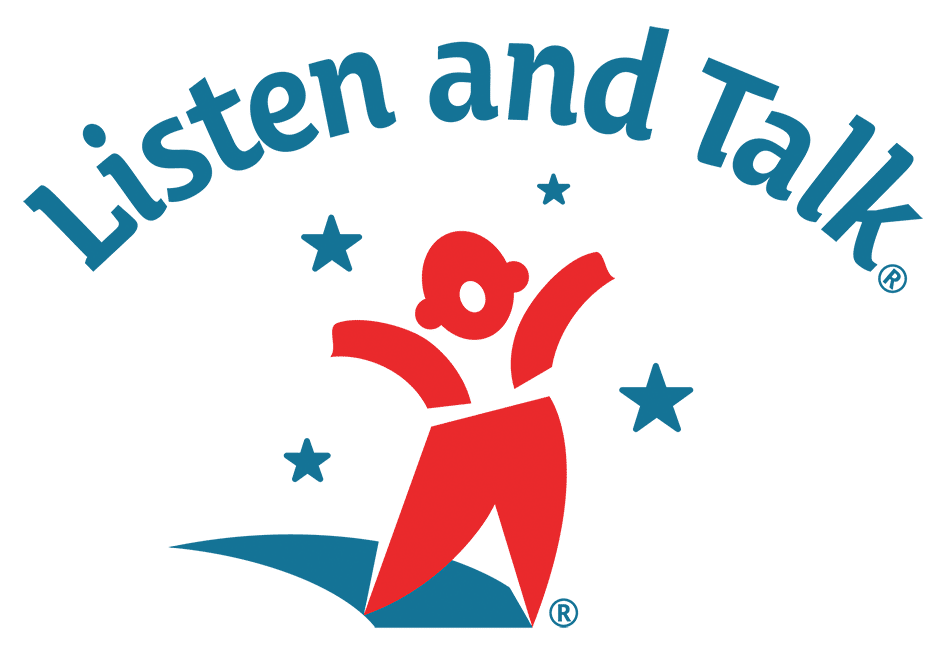
Maximizing Language Opportunities with the LENA Device

The Power of LENA Across Languages
The LENA device is a powerful tool used across multiple languages. While LENA has been primarily used in English and Spanish, it has been validated in a variety of other languages, including French, Mandarin, Korean, and Swedish. Validation studies in other languages are ongoing. For other languages, while the word count may be less accurate, the error rate would be consistent, so providers and caregivers can still confidently measure change over time and see times of high talk and turns. This makes LENA a versatile tool for all caregivers to analyze conversational turns, regardless of the language spoken in the home.
A FAMILY STORY
Family Reflections: A Personal Success Story
A family who recently graduated from the Listen and Talk’s B3 program shared their experience using the LENA device, setting a record with 19 recordings completed. The Wright family’s reflections offer valuable insights into how LENA can benefit other families looking to enhance their child’s language development.
What Was the Most Valuable Aspect of the LENA Device for You?
For the Wright family, the most valuable aspect of LENA was the ability to visually reflect on their interactions with their son throughout the day. By reviewing their LENA data, they could pinpoint “high-value” activities—times when their language interaction with their child was most effective. For example, they discovered key moments during mealtime when their conversational turns were strong and used this as a model for improving interactions in other parts of their day.
WAYS TO USE THE DATA
How Did You Use the Data?
The family used the LENA data to identify when they were having the most meaningful language exchanges with their son. “When the recorder was on, it reminded us to slow down and think through our interactions,” they shared. This allowed them to improve their language strategies by focusing on turn-taking, reducing background noise, and ensuring a language-rich environment throughout the day.
What Was Your Favorite Part of the Data?
Both parents found different aspects of the data particularly insightful:
-Dad: Enjoyed seeing the hourly breakdown of conversational turns, especially noting how their son’s responses changed based on the activity or circumstances.
-Mom: Appreciated the detailed audio feedback, which provided an accurate representation of their daily environment, including background noise, meaningful language, and overlaps in conversations. This breakdown gave her a clearer picture of their interactions.
LENA OPPORTUNITIES
Encouraging Other Families to Use LENA
The family is passionate about encouraging other families to utilize LENA, especially because it is a free resource offered by the Listen and Talk B3 program. They stressed that LENA is not something to be intimidated by, but rather a valuable tool to help track and improve language development. “The data is far more accurate than we thought,” the family said. “I didn’t think it would be as granular as it was.” This level of detail makes it easier for caregivers to see exactly where they can improve and how they can create more language-rich environments for their children.
Why You Should Try LENA
If you’re a parent or caregiver interested in trying the LENA device, please reach out to your Birth to Three Specialist. The device can be a game-changer for helping families understand and enhance their child’s listening and spoken language skills. LENA’s detailed feedback helps remove any guesswork from the process, allowing you to focus on strategies that make the most difference in your child’s development. To learn more about the LENA device, visit Listen and Talk’s LENA page. By leveraging technology like LENA, families can create lasting impacts on their child’s language journey—one conversation at a time.
By Shelby Vincent, M. Ed., CED, Birth to Three Specialist and Meghan Trocinski, M.S., CCC-SLP, Birth to Three Specialist



